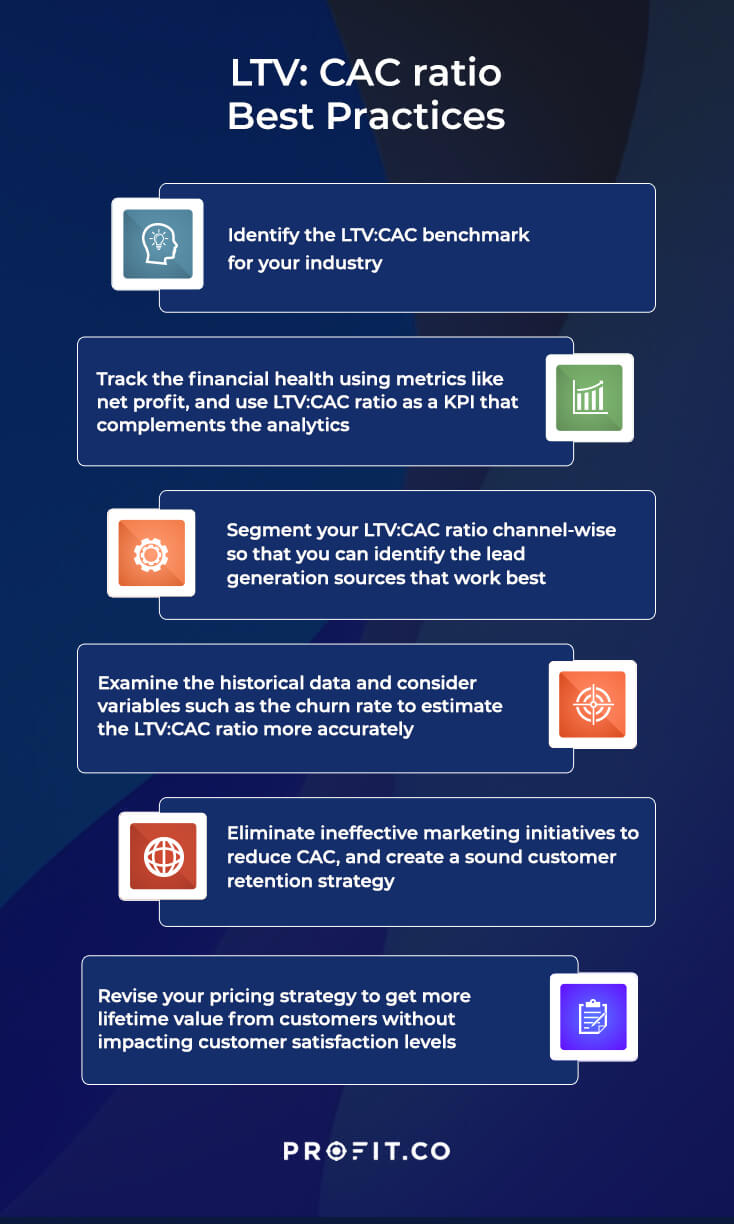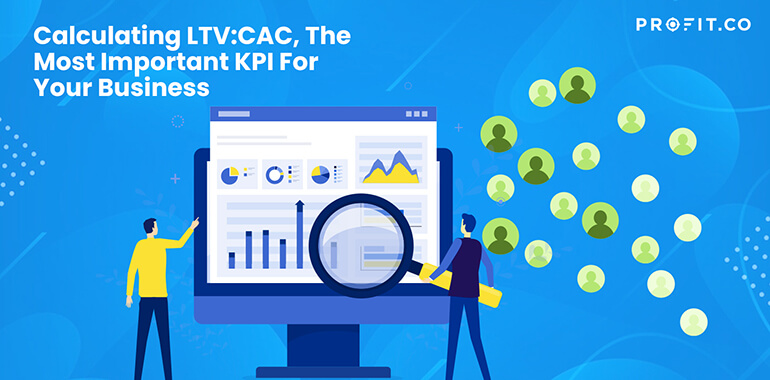With the advent of a new wave of businesses that follow emerging business models, it has become necessary to adopt dedicated KPIs designed to measure their success. For instance, companies that have adopted the SaaS model offer hosted products on a server, and they can be accessed over the internet and are paid for through monthly subscriptions.
New models of Business create new challenges as well as opportunities for businesses. Advantages include the ability to develop long term value for the customers by providing continual updates and new features that will help them retain their competitive advantage, which in turn will make the product and the company endearing to the customers. On the downside, there are numerous alternatives to any given product, and the customers can opt out of the subscription at any point and stop paying the subscription fees.
At this juncture, one of the most critical challenges for such businesses is retaining customers in the long run and getting the return on investment they have made to acquire those customers. One of the key metrics that help decide about the customer is the LTV: CAC Ratio.
What is Customer Lifetime Value (LTV)?
Customer lifetime value (LTV) is one of the most important KPIs that must be tracked constantly to run a business successfully. LTV is a business metric that helps you measure how much revenue a single customer can bring to your business throughout their period of association with your business.
This metric is significant for a SaaS Business, where you have to work hard and retain the customers for an extended period to get revenue from them. Since the subscription fee you get from every customer significantly impacts your revenues, it is crucial to forecast and determine customer lifetime value.
To calculate customer lifetime value, you have to first find out the following:
1. The average amount of money customers spend in paying subscription fees to you
2. Customers’ average duration of association with your business in the total number of months
3. Monthly rate of subscription renewal by customers
Once you have these values, you can calculate the estimated customer lifetime value by multiplying the three.
Lifetime customer value formula
For instance, if customers spend $100 every month paying subscription fees for the product you offer and remain associated with you for an average of three years, and your monthly retention rate of customers is 90%, then
LTV = $100 per month x 36 months x 90% = $3240
Importance of LTV
When you have an LTV estimate, you are equipped with the crucial data that enables you to:
- Judiciously allocate resources for marketing efforts that bring new customers to your business
- Monitor any fluctuation in these numbers and forecast potential drop in the revenue as a result of that
- Understand the performance of your business and keep acquisition and retention strategies at the correct levels
- Keep an eye on the churn rate and optimize marketing strategies
- Identify which of your product segments have the most customer lifetime value and prioritize correctly
Book a free demo with our team to learn more about how OKR software can optimize your organization’s performance and helps you acquire and retain customers.
What is Customer Acquisition Cost (CAC)?
Modern businesses find customers through marketing efforts in various channels. Leads are generated and nurtured through constant communication and fed into the sales funnel, which has numerous steps, culminating in sales conversion. But only when an individual makes a purchase they become a customer. Until that point, all the sales and marketing efforts only cost money, and it is essential to get the most conversions/customers possible with the least amount of resources to ensure growth and profitability. Customer Acquisition Cost (CAC) is an indispensable KPI that businesses need to track to ensure these expenses are under check. Customer Acquisition Cost is the total cost incurred on average to acquire one customer over any given period.
Customer Acquisition Cost Formula
Customer Acquisition Cost can be calculated by dividing the total sales and marketing spending in a particular period by the number of new customers acquired in the same period. In short, CAC shows you how much it costs to acquire a new customer for your business.
For instance, if you spend $30,000 on sales and marketing during a particular month and manage to find 300 new customers during that same month, then
CAC = $30000/300 = $100
Why should you track CAC?
CAC is an important metric that you should be regularly tracking because:
- It helps you verify the effectiveness of your sales and marketing efforts
- It lets you verify if your efforts are bringing you a positive Return on Investment (ROI)
- It enables you to determine whether your business model is viable in the long term
- Tracking CAC helps you ensure profitability; i.e., CAC is an expenditure, and if it is low, it means the profitability is high – measuring CAC lets you control your expenses and attain profitability.
- Measuring CAC through various channels shows how much you spend on each marketing channel to acquire a customer, identify the most effective ways to acquire new customers, and allocate the budget for each marketing channel more judiciously.
What’s measured improves
What is LTV:CAC ratio?
Businesses often need to compare and combine metrics to measure business-critical KPIs, mainly because standalone metrics do not usually provide you with complete insights. LTV:CAC ratio is one of those business-critical KPIs.
LTV:CAC ratio is a key metric by which you can measure how much revenue you can generate from each customer throughout their association with your business in relation to the cost spent to acquire that customer.
If your LTV:CAC ratio is less than 1, then it means that you are losing money on acquiring customers. If it is greater than 1, then you are making a profit. The higher the ratio, the greater the profits from a customer. To grow your business, you should aim for a high LTV:CAC ratio. With a high LTV:CAC ratio, you can get more profits and invest more into acquiring new customers, which is key to sustainable growth. If your LTV:CAC ratio is low, you should focus on increasing LTV or reducing CAC.
LTV:CAC ratio varies depending on your sector and other variables, such as your business model. But the consensus is that the LTV:CAC ratio should be at least 3:1. i.e., if you spend $1 to acquire a customer, you should ideally be able to charge $3 from the customer over the lifetime of that customer.

How to calculate LTV:CAC ratio?
You can calculate LTV:CAC ratio by dividing the Customer Lifetime Value by the Customer Acquisition Cost. For instance, if your LTV is $300 and your CAC is $100, then
LTV:CAC ratio = $300/$100 = 3
Why is LTV:CAC ratio important?
LTV:CAC ratio is important for a business because:
- It helps you determine how much you can afford to spend on marketing efforts to acquire customers
- It lets you evaluate the effectiveness of your sales and marketing initiatives
- It indicates whether you are generating positive ROI from your marketing efforts or not
- It helps you verify if your current acquisition strategy is sustainable
- LTV:CAC ratio shows the number of customers you should acquire to break even
- It enables you to identify your priorities and allocate your resources accordingly
Challenges with the LTV: CAC ratio
While LTV:CAC ratio is a handy KPI for businesses, there are a few challenges that you need to overcome to get more accurate insights and make better decisions.
1. LTV is primarily an estimate which approximately forecasts how much a customer will potentially spend on your products in the long run. So LTV:CAC needs to be taken with a pinch of salt.
2. Some variables need to be taken into account while calculating LTV. For instance, churn rate can significantly impact lifetime value, and the ratio will be different when you bring in all the variables that influence it.
3. To calculate this key metric, it is essential to have historical data on customer spending to have a reliable and reasonably accurate estimate.
4. The LTV: CAC ratio is not applicable for the business, mainly because customer acquisition costs can vary with each channel through which customers are acquired. It is a major challenge to measure the varying LTV:CAC numbers from every marketing channel separately. You can decide which works best with separate estimates for different channels.
5. LTV: CAC ratio is not a KPI that can single-handedly show insights that can help you make business-critical decisions. It must be compared and combined with other important metrics such as profit margin to make important decisions.
LTV: CAC ratio – best practices
Following is how you can optimize the LTV:CAC ratio.
1. Identify the LTV:CAC benchmark for your industry and keep the ratio within the accepted levels to keep your business profitable.
2. Keep track of the financial health of your organization using metrics like net profit, and use LTV:CAC ratio as a KPI that complements the analytics, before deciding on how much you should spend to acquire customers.
3. Segment your LTV:CAC ratio channel-wise so that you can identify the lead generation sources that work the best, and focus on channels that bring you the highest return on investment.
4. Examine the historical data and consider variables such as the churn rate to estimate the LTV:CAC ratio more accurately.
5. Optimize your sales process, eliminate ineffective marketing initiatives to reduce CAC, and create a sound customer retention strategy to address the churn rate.
6. Revise your pricing strategy to get more lifetime value from customers without impacting customer satisfaction levels.
FAQs
1. What is a good LTV:CAC ratio?
LTV:CAC ratio varies according to the industry. However, 3:1 is generally accepted as a reasonably good LTV:CAC ratio.
2. How is LTV to CAC calculated?
LTV:CAC ratio can be calculated by dividing the Customer Lifetime Value estimate by the total cost on average spent on sales and marketing to acquire a customer.
3. What does high LTV CAC mean?
High LTV:CAC ratio means you are getting more profits from customers than you spent on acquiring them.
4. How do you interpret the LTV to CAC ratio?
LTV:CAC ratio needs to be interpreted in comparison with other important metrics, such as the churn rate, which can significantly impact this KPI.
Conclusion
Marketing metrics are an essential part of any marketing strategy. LTV, CAC, and LTV:CAC ratio are key metrics organizations must consider for all business decisions. Using smart metrics to measure and evaluate your business at periodic intervals helps to restrategize and course correct without losing time. You can get started on Profit.co totally free today! Using software to measure key marketing metrics through the OKR framework will help to optimize organizational performance.

